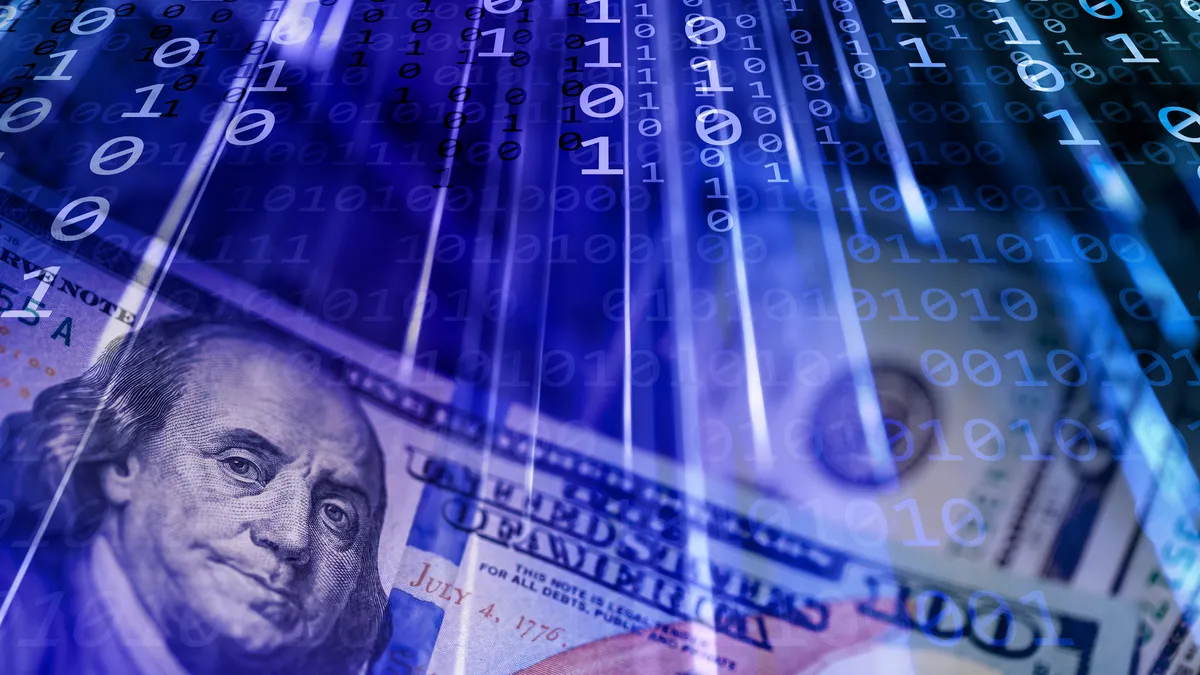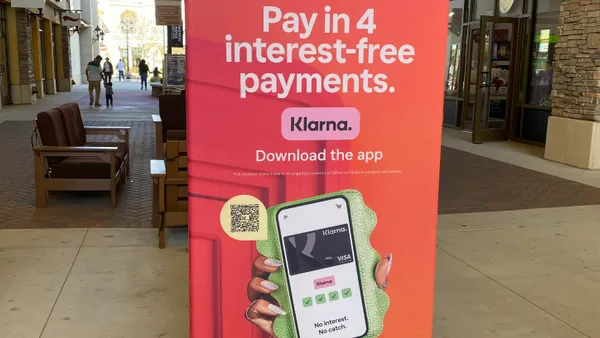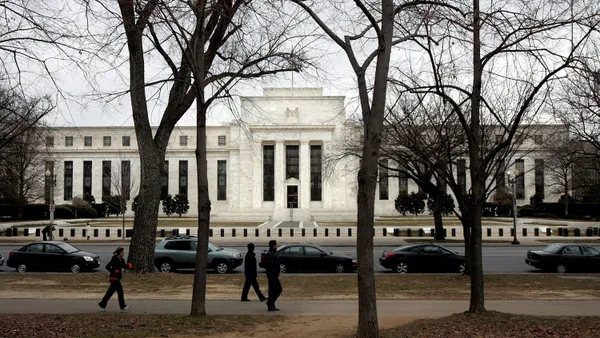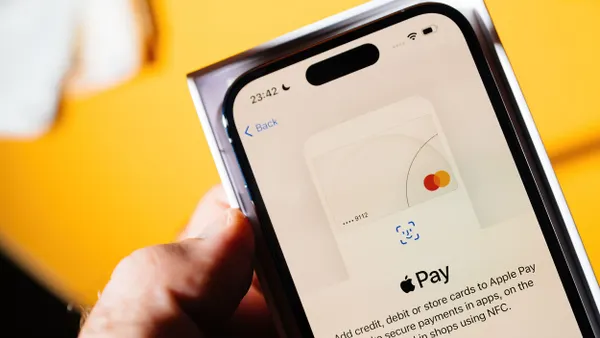Eric Shoykhet is the co-founder and CEO of Link Financial Technologies, a San Francisco pay-by-bank services startup that has raised $30 million.
The Federal Reserve’s launch of FedNow has garnered significant attention over the past several months. Touted as the U.S. version of a European-style network of real-time payments, the service was met with high expectations. In fact, many still hope that FedNow will be the missing key to catching up with other nations when it comes to payment innovation.
FedNow at its core provides an interbank clearing and settlement infrastructure that is currently geared towards instant payouts. A person or business being paid gets access to the money instantly rather than waiting for a deposit to settle or a check to clear.
To fully understand the impact of FedNow, consider how instant payments has transitioned from an obscure topic to an emerging priority. The U.S. has lagged behind other nations in payment innovation. In the EU, chip cards have been in use for over 20 years, yet the U.S. only adopted them in 2015. Checks have been phased out in most developed, countries but still represent 20% of payments volume in the U.S.
Furthermore, reliance on credit cards presents challenges for U.S. merchants, who feel the impact of the highest payment processing fees in the world. American consumers not only feel the ripple effect of these increased fees, which get passed down to them; they’re also grappling with high levels of debt, including from the widespread use of “buy now, pay later” products.

What the U.S. needs is instant payment methods that allow merchants and consumers to accept and pay directly from their bank accounts — for a fraction of the current fees. However, as it is, FedNow will not get the U.S. there.
FedNow will facilitate instant payouts, which means that it could immediately benefit gig workers, gaming wins and marketplaces, all of which would no longer have to wait several days for payments to clear.
However, payments that require a “pull” function, such as autopay features that allow consumers to automatically pay bills on a specific date, will not be supported by FedNow.
Furthermore, these real-time payment solutions still depend on financial institutions participating, because it is only through banks that FedNow can be implemented.
Over the next year, it will be interesting to see the pace of FedNow’s adoption by financial institutions, but the first signs are not encouraging. The pace of adoption of FedNow has been called tepid by some in the industry. Only a small number of the 10,000+ financial institutions in the U.S. have signed up for Fednow.
And for FedNow fraud prevention, the industry will have to shift to a more proactive approach because payments cannot be recalled. The success in doing so will likely greatly impact FedNow’s widespread adoption.
FedNow will change the face of bank-to-bank payments in the U.S., but it is not currently the key to filling this growing gap the U.S. faces in payments innovation.












